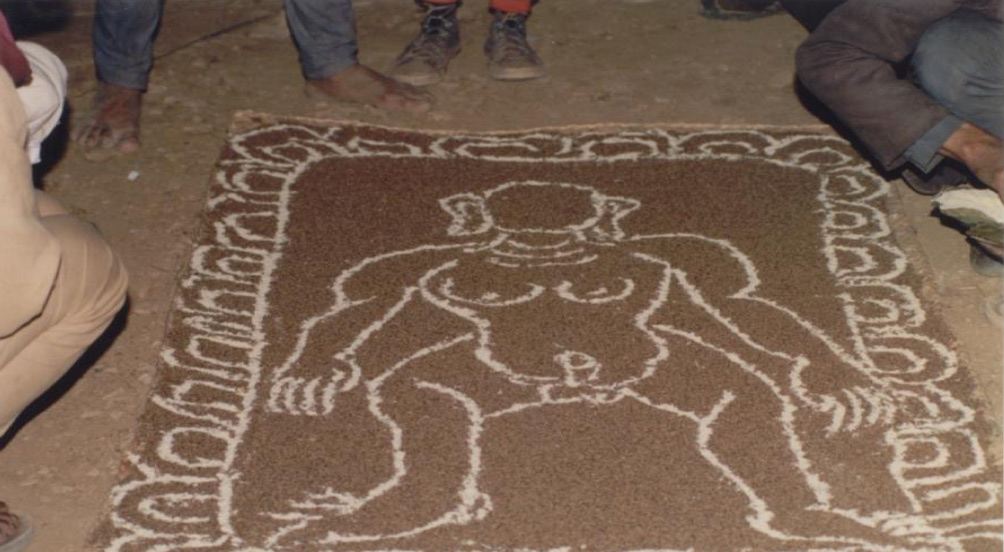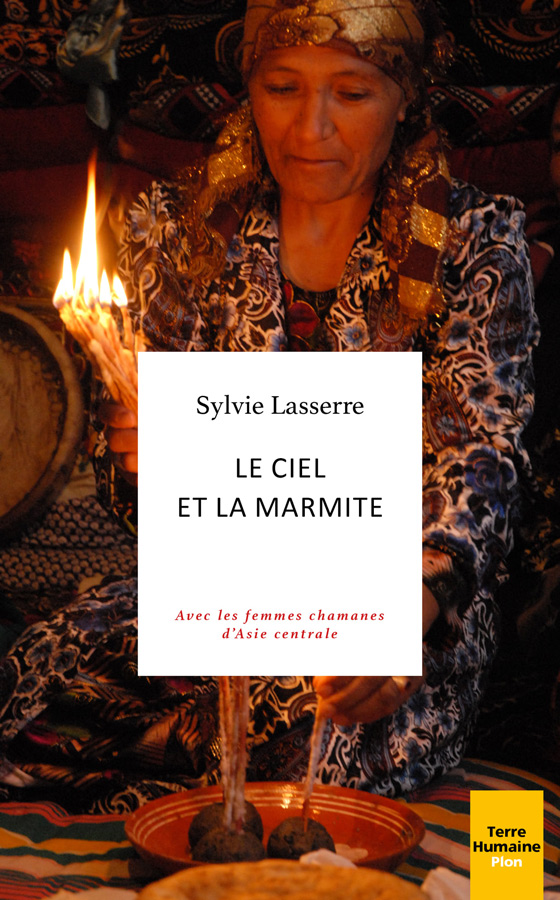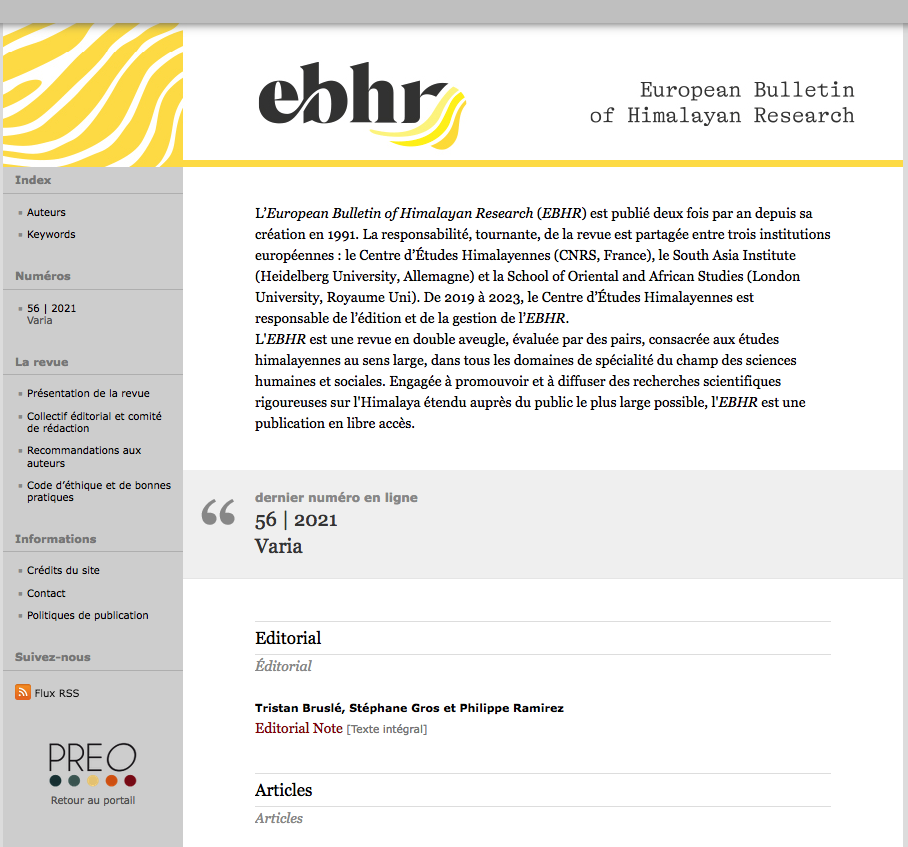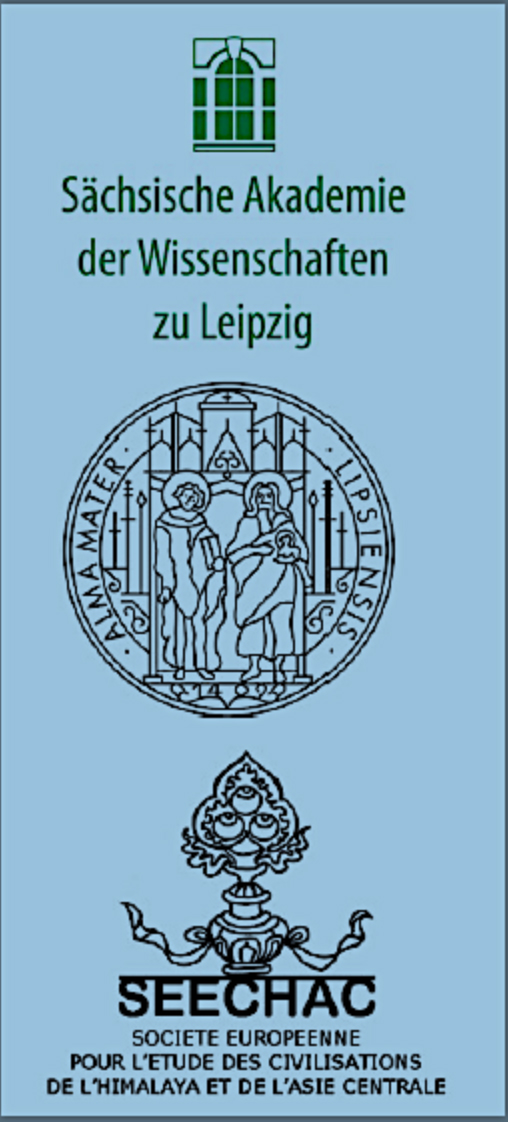 ARCH / SEEA evening in January 2022 x
ARCH / SEEA evening in January 2022 x
in collaboration with the Society of Euro-Asian Studies (SEEA), we will find
Thursday, January 13, 2022 at 6:30 PM,
in the workshop room 1 in the basement of the Quai Branly - Jacques-Chirac Museum
(free admission)
Brigitte STEINMANN (Professor Emeritus, Social Anthropology, University of Lille)
Exorcism rituals using subterfuge for demons (linga, mdos, scapegoat) in Indo-Tibetan traditions in Nepal: reversing the forces of life (Eros) and death (Thanatos) by exorcising the ancestors
Read more
The couple "Eros and Thanatos", whether we want to characterize it by the opposition of life and death, the association of sexual and death drives, or love and carnal pleasure as opposed to cadaverization and putrefaction, continues to cross space and time in Western Europe. We find a counterpoint to this in East Asia, referring first to Indian traditions that depict the phallus of the god Śiva erected above the yoni, or womb of the goddess. This sculptural assemblage is indeed presented in infinite artistic variety, and symbolizes the ideas of creation and destruction, the powers of life and death, combining in a quasi-organic union the organs of the god Śiva and the goddess or primordial force (shakti). We want to show how, in Tibetan tantric dances ('cham) and many of the ritual celebrations related to the cycles of life and death among the Indo-Tibetan populations of Nepal, similar male and female energies are represented and dealt with around the construction and destruction of a liṅgam (Sanskrit term), a male or female anthropomorphic figure, sometimes bisexual, drawn on a paper support or fabricated to embody evil, the personal enemy, or the enemy of the whole religion. Long and complex tantric and exorcistic rituals are played and replayed in Indo-Tibetan ritual theater, through dances, visualizations and ephemeral constructions (of the mdos type), in which the aim is to destroy the 'demon-obstacles' that attack the person, while letting the 'soul' of these demons exhale, a procedure that reinforces the power of the officiant.
Through illustrated analyses of Buddhist funeral and ancestral rituals in Nepal, we show how the treatment of liṅgam, the fabrication of mdos supports, and the use of a scapegoat, invert the Western philosophical relationship between Eros and Thanatos : in the Tibetan Buddhist perspective, everything happens indeed as if pleasure, love, sexuation and death, all concepts embodied throughout Greco-Latin antiquity in distinct allegorical figures, were on the contrary and always fundamentally indistinguishable in the Indo-Tibetan worlds. We want to illustrate how, in the latter, it is from the destruction of an external enemy that liberation and the exit from suffering comes. This destruction, which is also the deliverance of a 'soul'implies an inverted reading of the relationship between Eros and Thanatos, if indeed liberation from the cycle of existences can only occur with the elimination-liberation of a 'bisexual' liṅgam, the making and destruction of mdos representing the ancestors, and the elimination of a scapegoat. Thus is cancelled the separation of being between Eros as infinite tension and desire, and Thanatos as final death or annihilation.














 Brill’s Encyclopedia of the Religions of the Indigenous People of South Asia Online
Brill’s Encyclopedia of the Religions of the Indigenous People of South Asia Online


